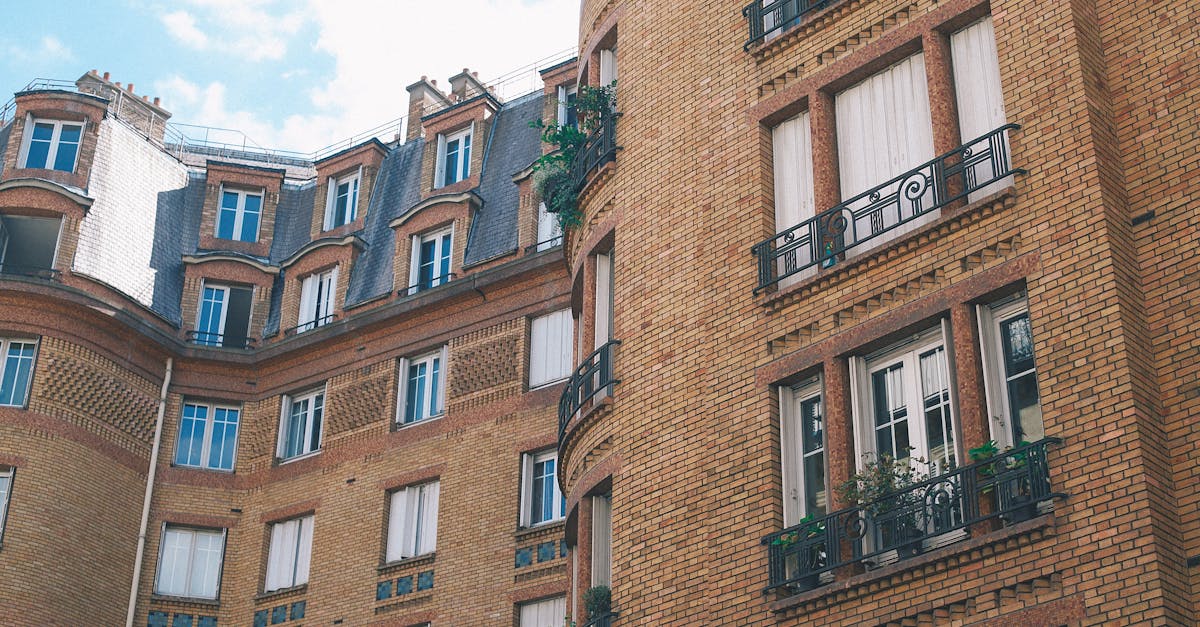Unveiling the Secrets of Air Plant Illumination

Air Plants: A Comprehensive Guide to Light Requirements
Sunlight is Essential for Life
Air plants are unique in that they don’t need soil to grow. They get their nutrients from the air and water around them. But they do need light to survive. In fact, light is one of the most important factors for air plant growth and development.
The right amount of light can help your air plant thrive. But too much or too little light can cause problems. So, it’s important to understand the light requirements of air plants and how to provide them with the best possible growing conditions.
1. Understanding Air Plant Light Preferences
Understanding Air Plant Light Preferences
In their natural habitats, air plants are typically found in tropical and subtropical regions where they receive bright, indirect light. They grow on trees and other plants, using their roots to attach themselves to bark and branches. This allows them to access the light they need for photosynthesis while also being protected from the harsh sun.
When growing air plants indoors, it’s important to mimic their natural light preferences as much as possible. They should receive bright, indirect light for at least 6 hours per day. You can place them near a window that receives morning or evening sun, or you can use a grow light to provide them with the light they need. Avoid placing air plants in direct sunlight, as this can scorch their leaves.
If you’re not sure whether your air plant is getting enough light, look for signs of stress. If the leaves are turning brown or yellow, it may be getting too much light. If the leaves are thin and weak, it may not be getting enough light.
2. Ideal Light Intensity for Air Plants

Ideal Light Intensity for Air Plants
The ideal light intensity for air plants is between 100 and 200 foot-candles. This is equivalent to the light intensity of a bright, overcast day. You can measure the light intensity in your home using a light meter. If you don’t have a light meter, you can use the following tips to estimate the light intensity:
- Bright, indirect light: This is the type of light that comes from a window that receives morning or evening sun. It is also the type of light that is produced by a grow light set to a medium intensity.
- Medium indirect light: This is the type of light that comes from a window that receives filtered sunlight. It is also the type of light that is produced by a grow light set to a low intensity.
- Low indirect light: This is the type of light that comes from a window that receives very little sunlight. It is also the type of light that is produced by a grow light set to a very low intensity.
If you are unsure whether your air plant is getting enough light, it is always better to err on the side of caution and give it more light. Air plants can tolerate low light conditions, but they will not thrive. With the right amount of light, your air plant will be healthy and happy.
3. Direct vs. Indirect Light: Which is Best?
Direct vs. Indirect Light: Which is Best?
Direct light is light that comes directly from the sun. Indirect light is light that has been diffused or reflected off of another surface. Both direct and indirect light can be beneficial for air plants, but there are some key differences to be aware of.
Direct light is more intense than indirect light, so it can be more effective at promoting photosynthesis. However, direct light can also be harsh, and it can scorch air plant leaves if they are not properly acclimated. If you want to grow air plants in direct light, it is important to gradually introduce them to the sunlight and to provide them with some shade during the hottest part of the day.
Indirect light is less intense than direct light, so it is less likely to scorch air plant leaves. However, indirect light can also be less effective at promoting photosynthesis. If you want to grow air plants in indirect light, it is important to place them near a window that receives bright light for at least 6 hours per day.
Ultimately, the best type of light for air plants is a combination of direct and indirect light. This will provide them with the benefits of both types of light without the risks associated with either one. If you can, place your air plants near a window that receives morning or evening sun. This will give them the bright, indirect light they need to thrive.
4. Artificial Light for Air Plants: A Viable Option?
Artificial Light for Air Plants: A Viable Option?
Artificial light can be a viable option for growing air plants, especially if you do not have access to a bright, natural light source. However, it is important to choose the right type of artificial light and to use it correctly.
The best type of artificial light for air plants is a grow light. Grow lights are designed to emit the specific wavelengths of light that plants need for photosynthesis. They are also available in a variety of intensities, so you can choose one that is appropriate for your air plant’s needs.
When using artificial light for air plants, it is important to place the light close to the plant. The closer the light is, the more intense it will be. You should also make sure to turn the light on for at least 12 hours per day. Air plants need a period of darkness to rest, so do not leave the light on 24 hours a day.
With the right type of artificial light and the proper care, you can grow healthy and happy air plants indoors.
5. Additional Tips for Optimal Air Plant Lighting
Additional Tips for Optimal Air Plant Lighting
In addition to the information above, here are a few more tips for ensuring the best lighting conditions for your air plants:
- Rotate your air plants regularly. This will help to ensure that all sides of the plant receive adequate light.
- Clean your air plant’s leaves regularly. Dust and dirt can block light from reaching the leaves, so it is important to clean them regularly with a soft cloth or brush.
- Be patient. It may take some time for your air plant to adjust to a new light environment. If you are not sure whether your air plant is getting enough light, it is always better to err on the side of caution and give it more light.
With the right lighting and care, your air plants will thrive and bring you years of enjoyment.
Quiz
1. True or False: Air plants do not need light to survive.
2. What is the ideal light intensity for air plants?
a) 50-100 foot-candles b) 100-200 foot-candles c) 200-300 foot-candles3. Which type of light is best for air plants: direct or indirect?
4. Can artificial light be used to grow air plants?
5. True or False: It is important to rotate air plants regularly to ensure even growth.
Answer Key
- False
- b) 100-200 foot-candles
- Indirect
- Yes
- True
Answer Key
- False
- b) 100-200 foot-candles
- Indirect
- Yes
- True
